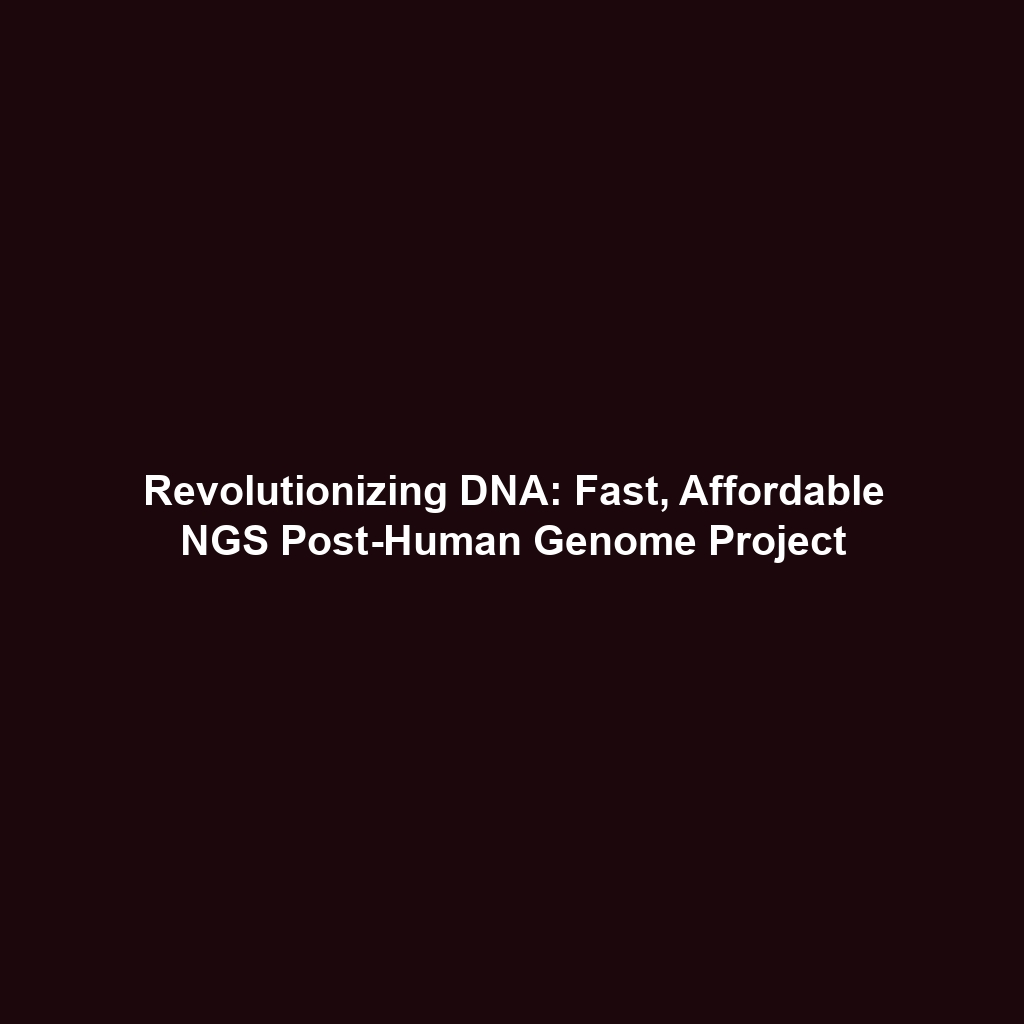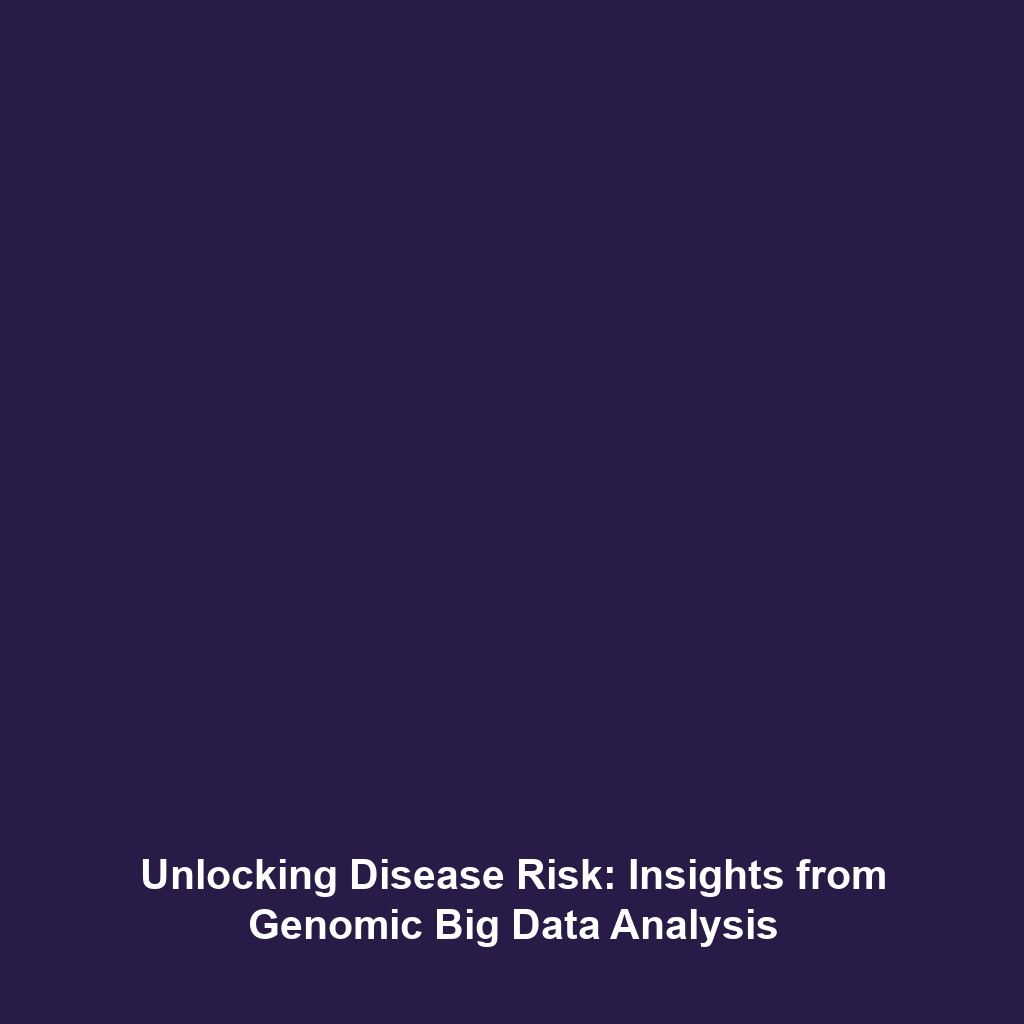Advancements in DNA Sequencing: NGS and the Human Genome Project
Introduction: The Human Genome Project (HGP) revolutionized our understanding of genetics, laying the groundwork for advanced techniques in DNA sequencing. One such advancement is the emergence of Next-Generation Sequencing (NGS), which provides a faster and more cost-effective means to decode the human genome. These cutting-edge methods have not only enhanced genomic research but also made it accessible to a wider range of applications in medicine, agriculture, and beyond. As we explore the significance of NGS, we uncover how these innovations stem from the foundational work of the HGP.
Key Concepts
Next-Generation Sequencing (NGS) represents a fundamental shift in genomic sciences. Here are some of the major concepts:
- High Throughput: NGS allows simultaneous sequencing of millions of DNA molecules, significantly increasing throughput compared to traditional methods.
- Cost Efficiency: The cost of sequencing a human genome has dramatically decreased, from billions of dollars during the HGP to just a few thousand dollars today.
- Speed: NGS can produce data within days, making it a crucial tool for time-sensitive research and clinical applications.
Applications and Real-World Uses
The transition to faster, cheaper DNA sequencing methods has profound implications for various sectors:
- Clinical Genomics: NGS is widely used in personalized medicine, enabling the identification of genetic disorders and the tailoring of treatments to individual patients.
- Oncology: NGS plays a vital role in cancer genomics, facilitating the discovery of mutations that drive tumor growth and aiding in targeted therapy decisions.
- Agricultural Biotechnology: NGS is also applied in crop improvement strategies and livestock breeding by identifying beneficial genetic traits.
This illustrates not only how Next-Generation Sequencing is used in the context of the Human Genome Project but also its wide-reaching impact on society.
Current Challenges
Despite its many advantages, the study and application of NGS face several challenges:
- Data Management: The vast amounts of data generated by NGS require robust data storage and analysis solutions, which can be costly and complex.
- Ethical Concerns: Issues surrounding data privacy and the ethical implications of genetic information present ongoing challenges.
- Interpretation of Results: The complexity of genomic data necessitates advanced bioinformatics tools and trained personnel to interpret results accurately.
Future Research and Innovations
As researchers continue to innovate within the realm of NGS, several future directions are emerging:
- Single-Cell Sequencing: Innovations in NGS are leading to advances in single-cell analysis, enhancing our understanding of cellular diversity.
- Long-Read Sequencing Technologies: The development of long-read sequencing promises to provide more comprehensive genomic data, improving the accuracy of assembled genomes.
The future of DNA sequencing is poised for significant breakthroughs that could further transform the landscape of genomic research and its applications in medicine.
Conclusion
In conclusion, the transition to faster, cheaper methods of DNA sequencing, particularly through Next-Generation Sequencing, signals a monumental advancement in the realm of genomics that builds upon the legacy of the Human Genome Project. Understanding these developments is crucial for both scientific inquiry and real-world applications. As we anticipate future innovations, staying informed about these advancements will empower researchers and practitioners alike. For more insights into related topics, consider exploring our pages on personalized medicine and genetic ethics.

